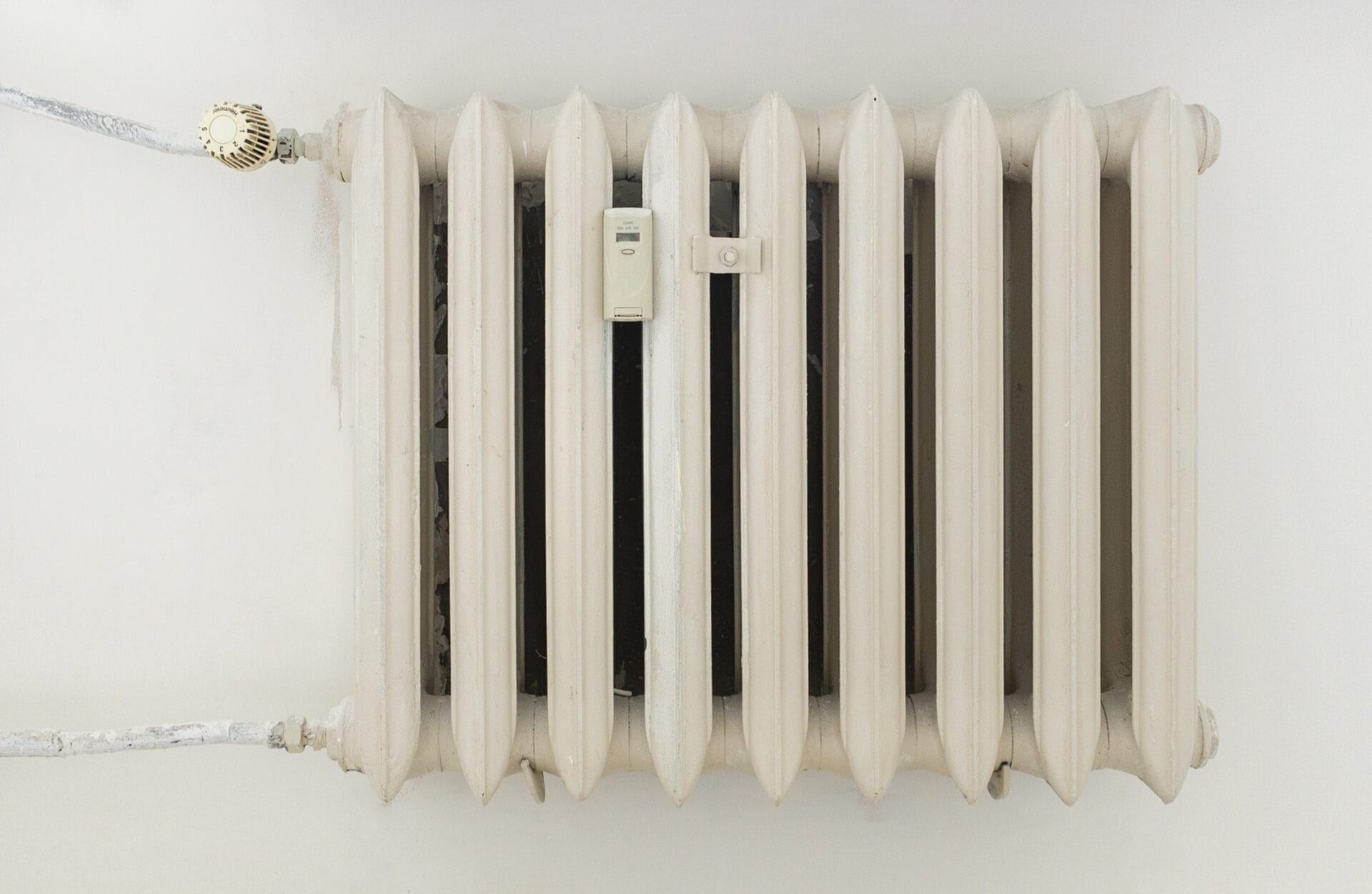Having hot water accessible in your home is a necessity, so it’s important to know what temperature your hot water heater should be set at. This article will explain the ideal temperature for your hot water heater and how to adjust it.The recommended hot water heater temperature is 120 degrees Fahrenheit.
What Temperature Should I Set My Hot Water Heater At?
Setting the temperature of your hot water heater is an important factor to consider for both safety and energy efficiency. The ideal temperature for a hot water heater is generally considered to be between 120 and 140 degrees Fahrenheit. Setting the temperature higher than 140 can be dangerous, as it increases the risk of scalding. Setting it lower than 120 can reduce the efficiency of your hot water heater, as it will take longer to heat the water.
It is also important to note that certain areas may have local regulations or codes that require you to set your hot water heater at a specific temperature. Make sure to check with your local authorities before adjusting the temperature on your hot water heater.
Finally, be sure to check with any manufacturer instructions or guidelines that may apply to your specific model of hot water heater before making any changes. This will ensure that you are properly following all safety protocols and making any necessary adjustments correctly.
Is There A Standard Temperature For Hot Water Heaters?
The temperature of a hot water heater can vary depending on the model, type of energy source, and manufacturer. Generally speaking, the recommended temperature setting for hot water heaters is between 120°F (49°C) and 140°F (60°C). This range is considered to be safe for most household uses. Lower temperatures may not be hot enough to kill bacteria or other microorganisms, while higher temperatures can lead to scalding and potential burns.
When setting the temperature of your hot water heater, it is important to consider how you will be using the hot water in your home. If you frequently wash dishes or clothes at home, a lower temperature may be suitable since these activities do not require as much heat as showering or bathing. However, if you often use a dishwasher or washing machine which require hotter water for sanitization and cleaning, then it may be necessary to set your hot water heater at a higher temperature.
It is also important to consider any safety risks associated with having the temperature too high. If someone in your household is elderly or has sensitive skin, it may be best to keep your hot water heater at a lower temperature setting to avoid any potential scalding or burns. Additionally, it is important to monitor the temperature regularly and make any necessary adjustments if needed.
Overall, there is no single standard temperature that is suitable for all homes as there are many factors that should be considered when setting your hot water heater. It is best to set the temperature within the recommended range of 120°F (49°C) and 140°F (60°C) and ensure that all members of the household are aware of any safety risks associated with higher temperatures.
Adjusting the Temperature of Your Hot Water Heater
Adjusting the temperature of your hot water heater is an important step to ensure you have a comfortable and safe home environment. Hot water heaters are designed to heat water to a certain temperature, and it is important to adjust this temperature for safety, comfort, and energy efficiency. Here are some tips on how to adjust the temperature of your hot water heater.
First, it is important to locate the thermostat on your hot water heater. The thermostat controls the temperature of the water in your tank and is typically located near the bottom or side of the tank. It should be clearly labeled with instructions on how to adjust it.
Once you have located the thermostat, you can begin adjusting it. Generally, adjusting the thermostat will involve turning a knob or dial clockwise or counterclockwise until you reach the desired setting. It is important to note that most hot water heaters should not be set higher than 120°F (49°C) as this can put you at risk for scalding or burns if you come into contact with very hot water from your taps.
Once you have adjusted your thermostat according to your needs, it is important to take some additional steps for safety sake. You should check for any leaks around your tank, as this can indicate a problem with your tank’s pressure relief valve and could lead to further problems down the line if not addressed in a timely manner. Additionally, it is wise to install an anti-scald device on your faucets in order to avoid any potential burns from overly hot water coming out of them.
In summary, adjusting the temperature of your hot water heater is an easy task that can help ensure safety and comfort in your home environment. By locating and adjusting the thermostat on your tank and taking some extra steps like checking for leaks and installing an anti-scald device on your faucets, you can ensure that all members of your household are safe from potential harm due to overly hot tap water.
What Is The Optimal Temperature Setting For A Hot Water Heater?
The optimal temperature setting for a hot water heater depends on a variety of factors, including the type of heater and the desired use of the hot water. Generally speaking, electric water heaters should be set to 120 degrees Fahrenheit (49 degrees Celsius) to prevent scalding, while gas heaters should be set to 130-140 degrees Fahrenheit (54-60 degrees Celsius).
Lower temperatures can help save energy and reduce the risk of scalding. For example, setting a gas or electric water heater to 115 degrees Fahrenheit (46 degrees Celsius) can reduce energy costs by up to 10%. Additionally, setting the temperature too low can increase the risk of bacteria growth in the water heater tank, so it is important to find the right balance.
It is also important to consider who will be using hot water from the heater. Children and elderly people are especially susceptible to scalding injuries from hot water, so it is important to keep temperatures at safe levels for these populations.
Finally, it is important to consider how much hot water will be used in a given day. If there is high demand for hot water, it may be necessary to raise the temperature in order to ensure that there is enough hot water available.
In summary, the optimal temperature for a hot water heater depends on several factors such as type of heater and desired use of hot water. Generally speaking however, electric heaters should be set around 120 degrees Fahrenheit (49 degrees Celsius) while gas heaters should be set around 130-140 degrees Fahrenheit (54-60 degrees Celsius). Lower temperatures can help save energy and reduce risk of scalding but care must be taken when considering who will use the hot water as well as how much will be used in a day.

Setting Your Hot Water Heater At The Right Temperature
Setting the right temperature for your hot water heater is important in order to maximize the benefits it can provide. The optimal temperature range is usually between 120 and 140 degrees Fahrenheit, as this allows you to take advantage of the many benefits that come with a properly heated hot water tank. Here are some of the advantages of setting your hot water heater at the right temperature:
1. Improved Efficiency: A properly heated tank will use less energy, resulting in lower energy bills. When you set your hot water heater at a lower temperature, it can take longer for it to heat up and stay hot, resulting in more energy being wasted.
2. Reduced Risk of Scalding: Setting your hot water heater at a higher temperature can increase the risk of scalding and other burns. By keeping it at a lower temperature, you can reduce this risk significantly.
3. Increased Lifespan: Properly heated tanks last longer than those that are not set correctly. This means that you won’t have to replace your tank as often, saving you money over time.
4. Improved Comfort: Hotter water is more comfortable when taking showers or baths, so setting your tank at the optimal temperature will ensure that you get the most out of it.
Overall, setting your hot water heater at the right temperature is an important part of making sure that you get all of the benefits that come with having a properly heated tank. Not only does it save money on energy costs and help to protect against scalding, but it can also help extend its lifespan and make bathing or showering more comfortable overall.
Incorrectly Set Hot Water Heaters
Hot water heaters are an essential part of any home, providing hot water for showers, dishes, and laundry. However, if they are not correctly set up, they can lead to a wide range of problems. In this article, we will discuss some of the most common issues with incorrectly set hot water heaters.
The first issue that can arise from an incorrectly set hot water heater is low water pressure. This happens when the water heater is not set to the right temperature or is too old. Low water pressure can be caused by a variety of things such as clogged pipes or a faulty thermostat. If you notice low water pressure coming from your hot water heater, it is best to call a professional to ensure that it is properly adjusted.
Another issue that can arise from an incorrectly set hot water heater is corrosion. Corrosion happens when the metal components in the hot water heater start to break down due to exposure to certain elements such as oxygen and chlorine. If you notice any signs of corrosion on your hot water heater, it is important to have it inspected and serviced by a professional.
Finally, an incorrectly set hot water heater can lead to inefficient energy usage. This happens when the temperature setting on the thermostat is too high or too low. The result will be higher energy bills as the appliance will be using more energy than necessary in order to heat up the water. To avoid this problem, make sure that you adjust the thermostat setting on your hot water heater regularly in order to maximize efficiency.
In conclusion, there are several common issues with incorrectly set hot water heaters. These include low water pressure, corrosion and inefficient energy usage. It is important to have your hot water heater inspected and serviced by a professional in order to ensure that it is working properly and efficiently. Doing so will help you save money on energy bills and extend the life of your appliance.
Climate
The climate of the area you live in is a major factor when it comes to setting the temperature of your hot water heater. If you live in an area with cold winters, then a higher temperature may be necessary to ensure that your hot water does not freeze. On the other hand, if you live in an area with mild winters, then you may not need to set your hot water heater as high.
Type of Heater
The type of hot water heater you have will also influence the temperature setting. Tankless hot water heaters can reach higher temperatures than traditional tank-style heaters, so they may require a slightly higher temperature setting. Additionally, some heaters are equipped with thermostats that allow for more precise temperature control.
Household Size
The size of your household will also play a role in determining the correct temperature setting for your hot water heater. If there are only a few people living in the home, then you may not need to set the temperature as high as if there were more people living in the home. A larger household generally requires more hot water and therefore will need a higher temperature setting.
Energy Efficiency
Finally, energy efficiency should also be taken into consideration when choosing a temperature setting for your hot water heater. The lower the temperature is set, the less energy is used by the heater and this can translate into savings on monthly energy bills. However, it is important to keep in mind that too low of a setting can result in lukewarm or cold showers.

Conclusion
The ideal temperature for a hot water heater is between 120°F and 140°F. To ensure maximum safety and efficiency, it’s best to set the temperature as close to 120°F as possible. It’s also important to note that if the temperature is set too high, it can lead to scalding and other safety hazards. On the other hand, setting the temperature too low can result in increased energy usage and longer wait times for hot water.
It’s important for homeowners to regularly check their hot water heater settings and ensure that they are set at an appropriate temperature. Regular maintenance of a hot water heater will help maintain its lifespan as well as maximize its efficiency and safety. Taking these steps can help ensure that you have safe, reliable, and efficient hot water for years to come.

